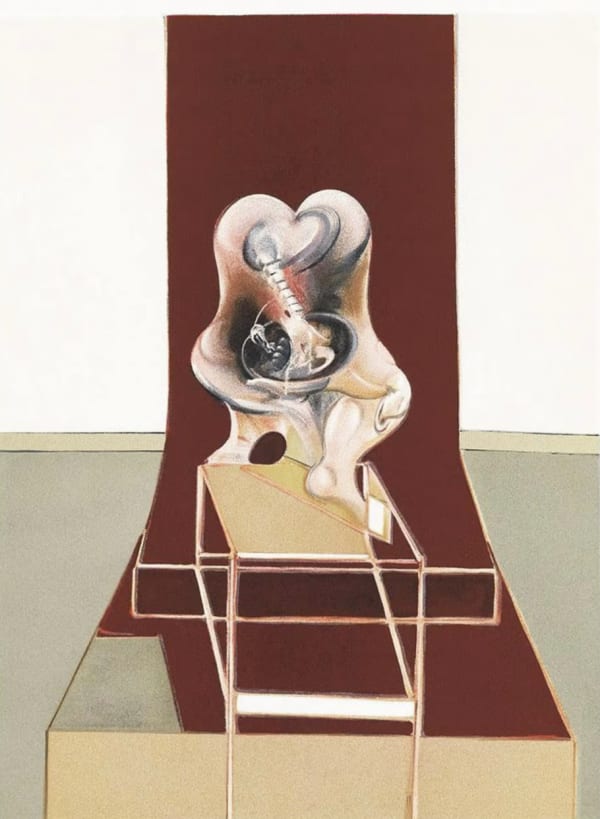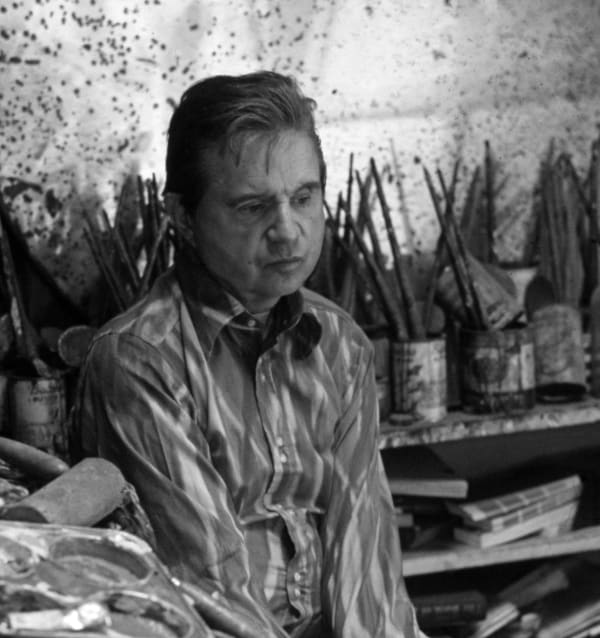-
 Portrait of Michel Leiris, 1990Lithograph, Edition of 150, H 48 X 36cm©The Estate of Francis Bacon
Portrait of Michel Leiris, 1990Lithograph, Edition of 150, H 48 X 36cm©The Estate of Francis Bacon -
Painting is the pattern of one’s own nervous system being projected on canvas.
- Francis Bacon
Leiris first met Bacon in the 1960s and quickly became one of his most articulate champions in France. His 1971 essay Francis Bacon: Face and Figure, remains one of the most insightful texts ever written about the artist, exploring how Bacon’s distortions of the body revealed psychological and spiritual realities rather than mere physical ones. Leiris saw in Bacon’s figures the same paradox that haunted his own writing: the conflict between life and death.The two men shared not just a friendship, but a deep philosophical understanding. Both were preoccupied with the fragility of the self and the impossibility of escaping one’s own nature. When Bacon painted Portrait of Michel Leiris in 1990, shortly before both of their deaths, it became more than a likeness; it was a closing statement on their shared worldview.



